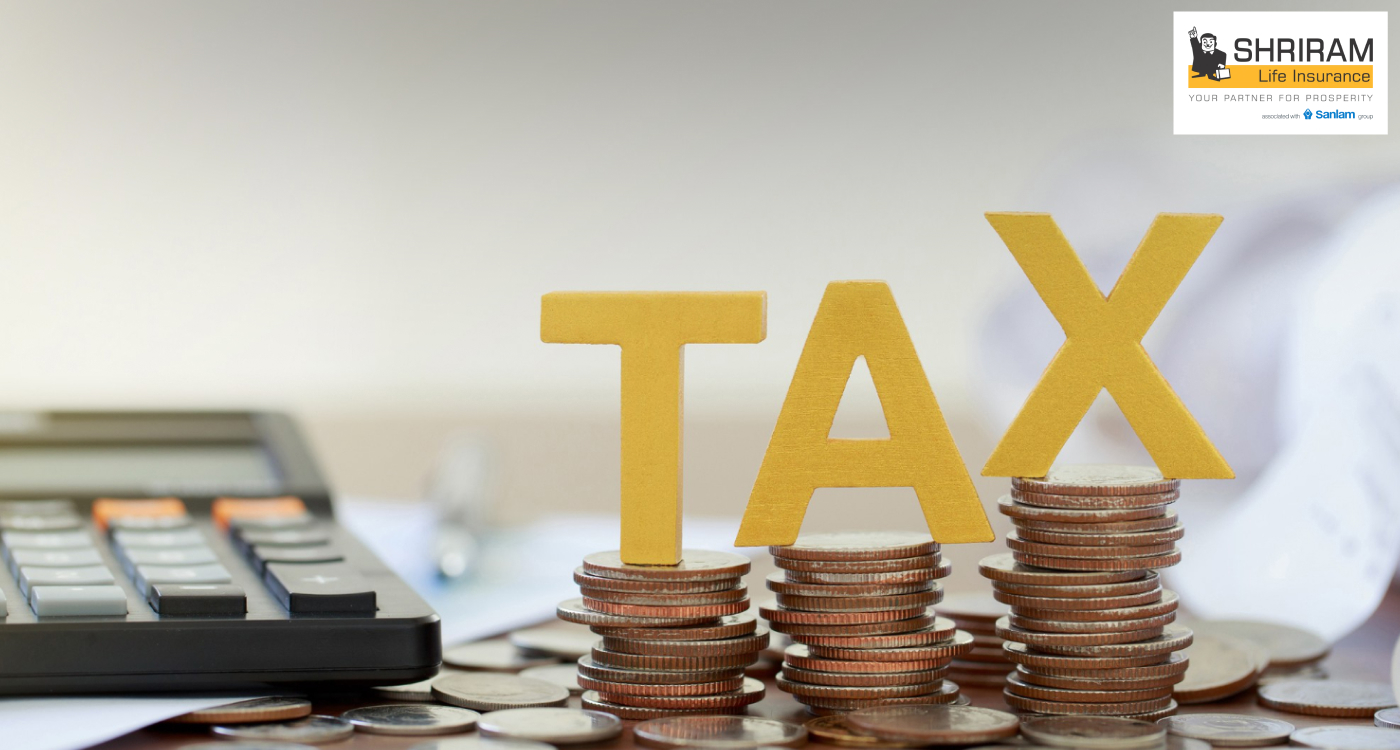Deductions under Chapter VI-A of Income Tax Act
- Posted On: 10 Oct 2025
- Updated On: 10 Oct 2025
- 365 Views
- 2 min read

Table of Contents
Paying income tax always seems like an intimidating task. Not only is filing a challenge, but having to give money as tax when you could’ve used it to invest, save, or otherwise strategically spend. However, the Income Tax Act, 1961 provides some much-needed relief. This relief comes through deductions under Chapter VI-A. These deductions allow taxpayers to reduce the Gross Total Income (GTI). This is done by showing that you have made certain investments, expenditures, and donations during the financial year. Made throughout a financial year. Essentially, through these deductions, you can lower your taxable income. This, in turn, reduces your tax liability.
You should note that these deductions are only accessible to individuals following the old tax regime. If you have chosen the new tax regime, you cannot benefit from these deductions.
Common Deductions Under Section VI-A
1. Section 80C
One of the most well-known and used deductions under chapter VI-A of the Income Tax Act is Section 80C . This section allows a deduction of up to ₹1.5 lakh every financial year.
Investments To Make for 80C Deduction:
- Public Provident Fund (PPF)
- Employee Pension Fund (EPF)
- Premiums for life insurance
- Scheme for Savings Linked to Equity (ELSS)
- National Savings Bond (NSB)
- Fixed deposits with tax benefits (5-year)
Charges covered under 80C are:
- Payment of the principal sum of a home loan
- Education costs for a maximum of two children in full-time schooling.
- Fees for stamp duty and registration on a new home
2. Section 80CCD
This section applies to individuals that have made contributions in the National Pension System (NPS) and Atal Pension Yojana:
80CCD(1)
Deduction for contributing to the scheme. The limit for this deduction is included in that of Section 80C. This means if you qualify for both 80C and 80CCD(1), you would have to claim deductions within the common limit of ₹1.5 lakh
80CCD(1B)
Additional deduction of a maximum of ₹50,000 given for contributing to NPS.
80CCD(2)
Your employer’s contributions towards your NPS account can be deducted. This contribution is usually 10% of your salary.
3. Section 80D
Health insurance premiums you pay for yourself, your family, and your parents qualify you for a tax deduction. The maximum deduction you can get depends on the ages of the insured individuals. You can also get additional deductions for preventive health checkups you get.
Additional Significant Sections Under Section VI-A
80E
Deduction for interest paid on education loans for advanced studies (self, spouse, or children) for a maximum of eight years.
80G
Tax deduction for contributions to charitable organizations or funds, varying from 50% to 100% based on the type of organization.
80TTA
Deduction of up to ₹10,000 on interest accrued from savings accounts (for individuals and HUFs).
80TTB
Elderly individuals (60+) are eligible to receive up to ₹50,000 on interest earned from savings, fixed deposits, and various other deposits.
80GG
Deduction for rent expenses incurred when HRA is not received, subject to certain conditions.
Deductions for Persons with Disabilities Under Section VI-A
80DD
Expenses for healthcare, treatment, or care for a dependent with a disability.
80U
Tax reduction for individuals with a physical impairment.
The Impact of Chapter VI-A Deductions on Your Taxes
Deductions under Chapter VI-A are deducted from your Gross Total Income (GTI), which is determined from income derived from different sources including salary, house property, or capital gains. Claiming these deductions lowers your taxable income, thereby decreasing the income tax you need to pay. It's crucial to note that these deductions are utilized after determining income from every source but prior to calculating the final taxable income.
Final Thoughts
By knowing and strategizing your investments, costs, and contributions, you can maximize Chapter VI-A deductions. This not only aids in lowering your tax burden but also promotes consistent saving and financial strategizing.
You may be interested in
People also search for
Our Other Popular Plans








